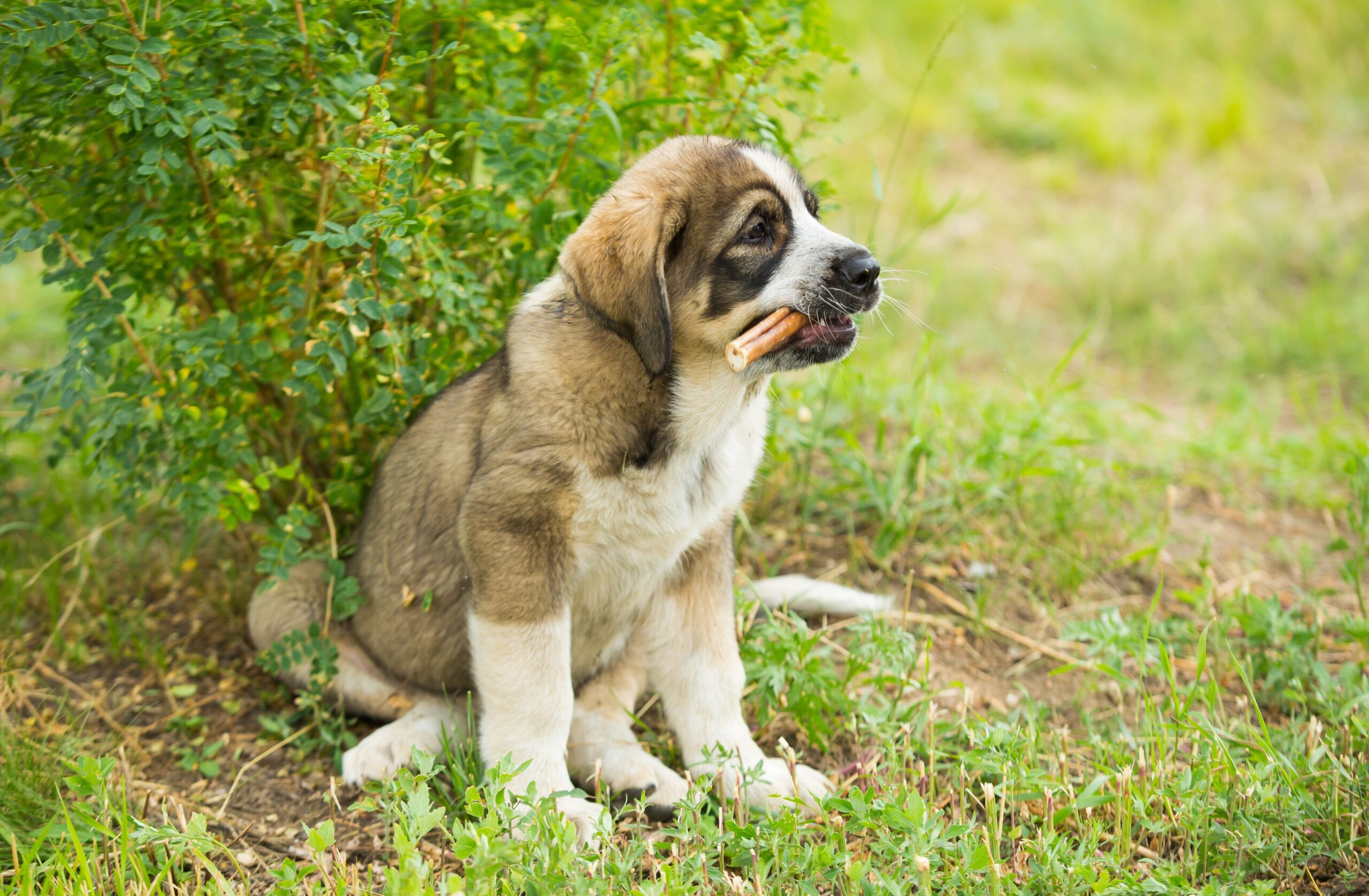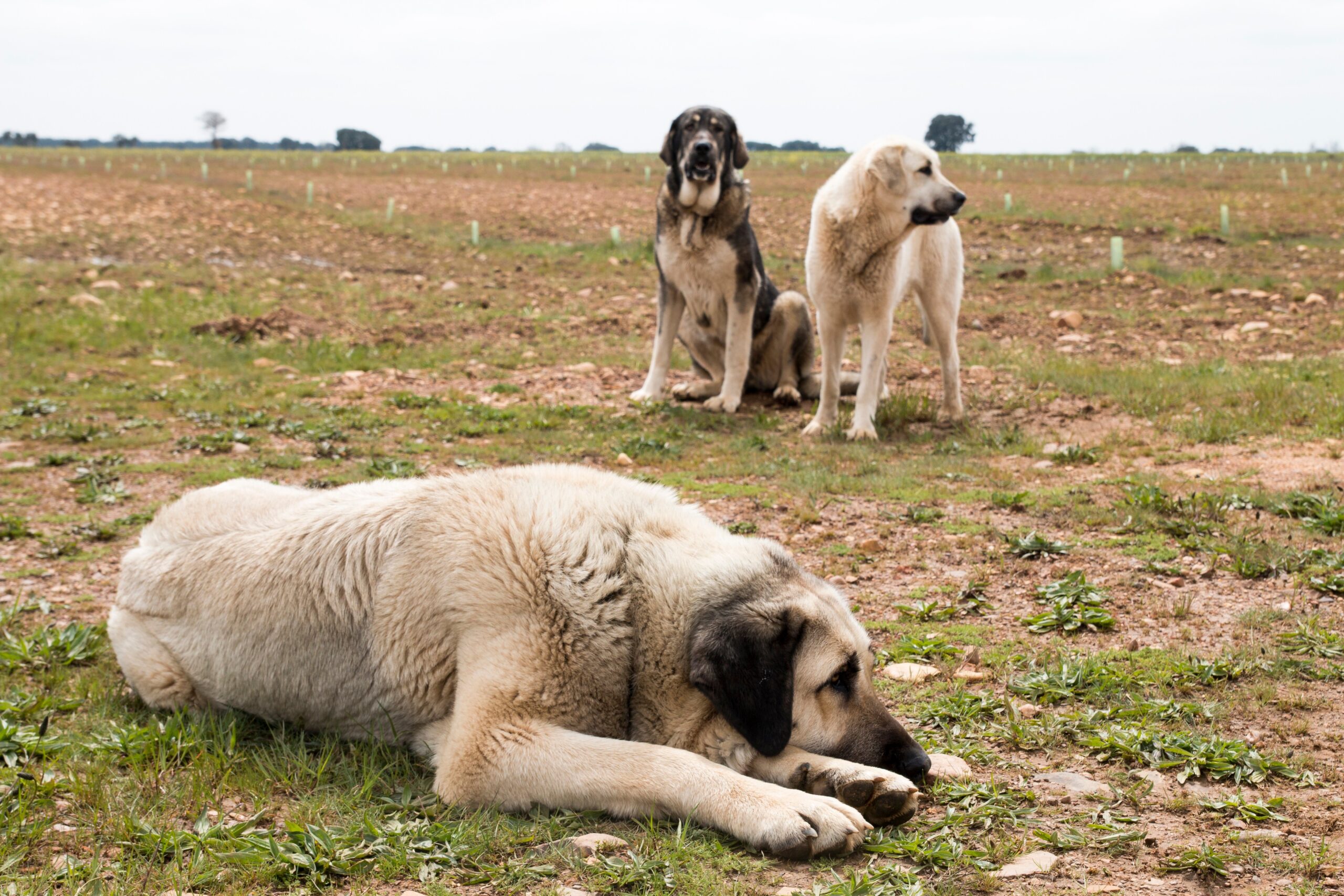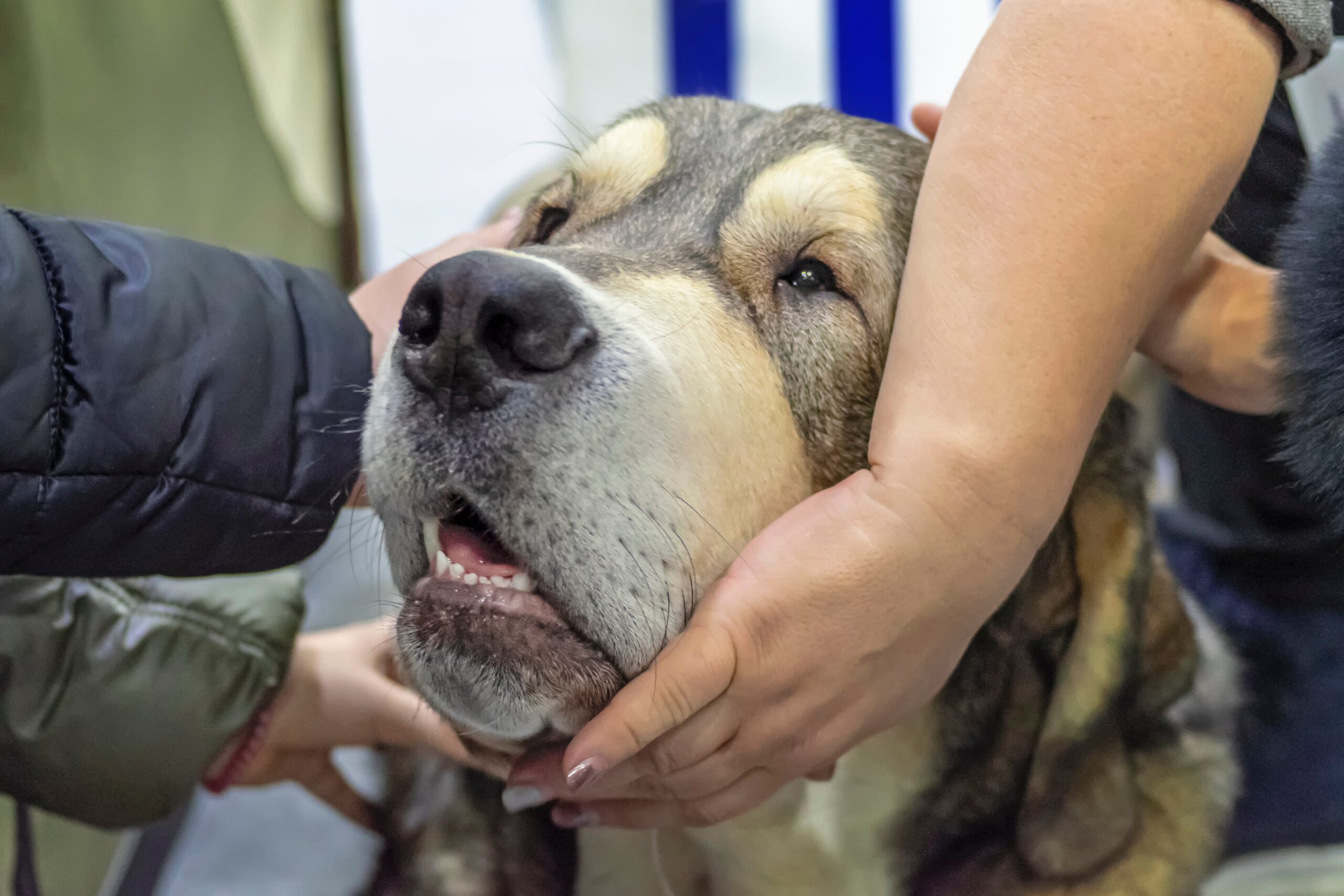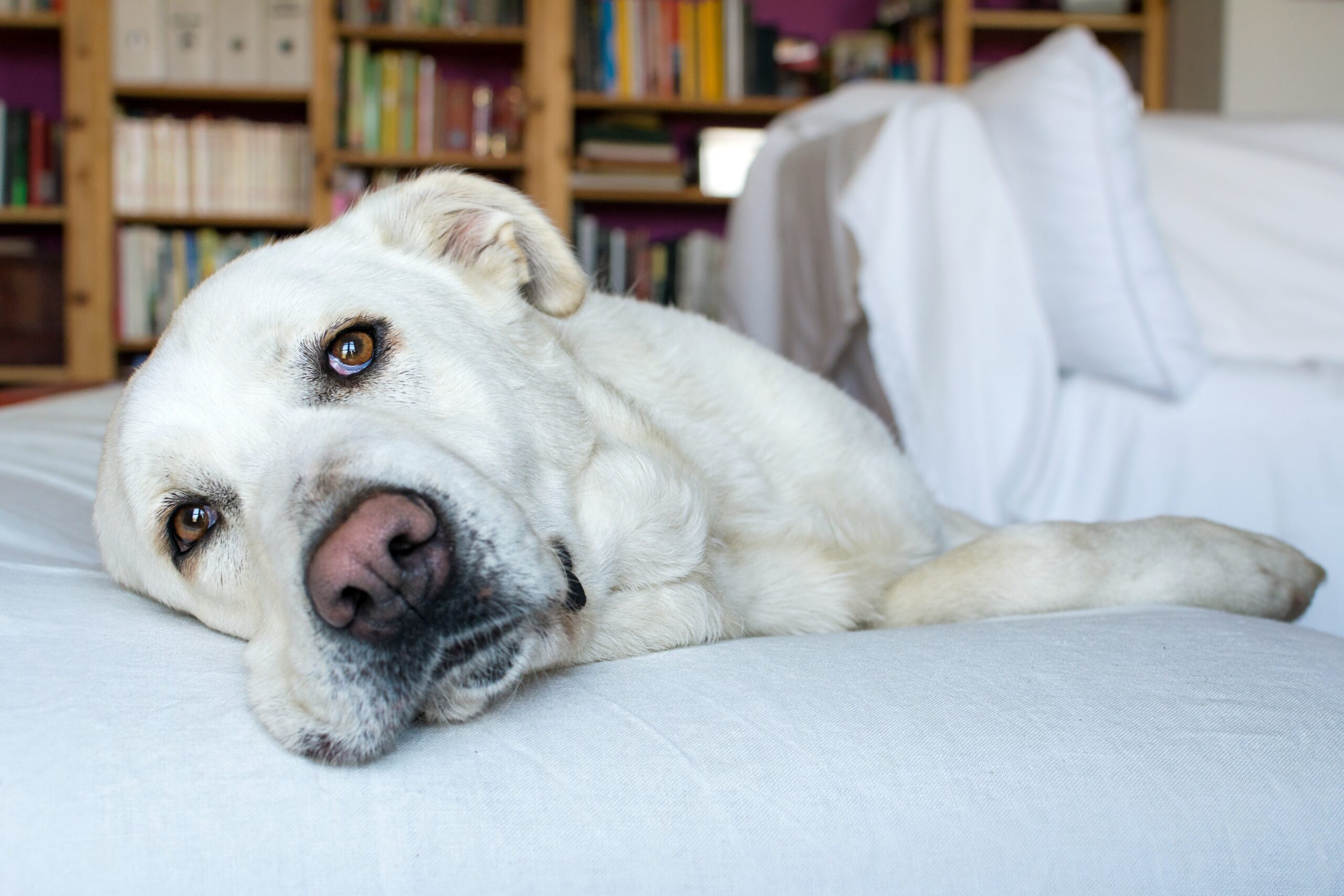The History of Spanish Mastiffs
Rich History as a Livestock Guardian
The Spanish Mastiff has a centuries-old history as a livestock guardian, being relied upon to protect valuable herds from predators like wolves and bears.
Origins and Development of the Breed
The breed’s origins can be traced back to ancient shepherd dogs brought to the Iberian Peninsula by the Phoenicians, and it has since been refined to better suit its role as a livestock guardian, with strengthened protective instincts.
Evolving Farming Practices
While the Spanish Mastiff’s role as a livestock guardian became less important due to changing farming practices, the breed remained popular in rural areas of Spain.
Recognition and Popularity
The Spanish Kennel Club recognized the breed in the 1940s, solidifying its status and popularity in Spain.
Continued Role and Adaptation
Spanish Mastiffs still serve as guardians of livestock in certain regions today, and their loyal and protective nature also makes them excellent family pets.
Evident Temperament
The breed’s history as a guardian of livestock is reflected in its temperament, with Spanish Mastiffs typically exhibiting a calm, steady demeanor and a strong protective instinct towards their families.
Appearance

The Spanish Mastiff is a large, muscular breed of dog that is known for their imposing size and protective nature. They typically weigh between 120 and 220 pounds, and stand between 28 and 35 inches tall at the shoulder. Their large size makes them an impressive sight, but also requires owners to have ample space and a strong understanding of how to handle a large breed dog.
One of the most striking physical features of the Spanish Mastiff is their coat, which can be a range of colors, including black, brindle, fawn, and red. Their coat is typically thick, long, and coarse, with a dense undercoat that helps keep them warm in cold weather. Regular grooming is required to keep their coat healthy and free from mats and tangles.
Another notable physical characteristic of the Spanish Mastiff is their large head and powerful jaws. They have a broad, flat skull, and a muzzle that is shorter than their skull. Their ears are set high on their head, and can be either cropped or left natural. Their eyes are dark, and have a serious, watchful expression.
The physical appearance of the Spanish Mastiff is impressive and intimidating, but also beautiful in its own way. Their unique size, coat color, and facial features make them a breed that is easily recognizable, and highly valued by those who appreciate their distinct physical characteristics.
The temperament of the Spanish Mastiff

The Calm and Loyal Nature of Spanish Mastiffs
Spanish Mastiffs are known for their calm, loyal, and affectionate nature, making them an excellent choice for families or individuals seeking a gentle and devoted companion.
Strong Protective Instincts
These intelligent dogs possess strong protective instincts and are fiercely loyal to their families, often serving as guardians of livestock and excelling as guard dogs.
Gentle and Patient with Children
Despite their imposing size and protective nature, Spanish Mastiffs are surprisingly gentle and patient with children, making them a great choice for families.
Therapy Dogs and Calming Presence
Spanish Mastiffs’ calm and gentle nature also makes them well-suited as therapy dogs, providing a comforting and reassuring presence for individuals with mental health conditions.
Importance of Socialization and Training
Proper socialization and training are essential for Spanish Mastiffs to prevent any aggressive behavior towards other animals or people, as they may become overly protective and territorial without it.
Overall Temperament and Role as Family Pets
The temperament of Spanish Mastiffs is characterized by loyalty, protectiveness, intelligence, and a gentle nature, making them excellent family pets and therapy dogs when given proper socialization and training.
Training Spanish Mastiffs

Training a Spanish Mastiff requires patience, consistency, and a gentle hand. These dogs are intelligent and eager to please, but they can also be independent and stubborn at times. Here are some tips and techniques for training a Spanish Mastiff:
Start training early
Begin training your Spanish Mastiff as soon as you bring them home. Early socialization and training will help them develop into a well-behaved adult dog.
Use positive reinforcement
Spanish Mastiffs respond well to positive reinforcement, such as treats, praise, and play. Use rewards to encourage good behavior and avoid punishment, as this can make them anxious or fearful.
Socialize them early
Socialization is important for Spanish Mastiffs to learn how to interact with other animals and people. Introduce them to new experiences, sounds, and people in a positive and controlled environment.
Train with consistency
Spanish Mastiffs thrive on routine and consistency, so establish a training routine and stick to it. This will help them learn commands faster and make training more effective.
Use a firm but gentle hand
Spanish Mastiffs respond best to a gentle hand and positive reinforcement, but they also need clear boundaries and rules. Be firm but gentle when correcting bad behavior, and avoid being harsh or aggressive.
Grooming and Care

The Spanish Mastiff is a large breed of dog with a thick, dense coat that requires regular grooming to keep it in good condition. While they do not need to be groomed as often as some other breeds, such as Poodles or Bichon Frise, regular grooming is still necessary to maintain their coat and overall health.
One of the most important aspects of grooming a Spanish Mastiff is brushing their coat. Due to their thick and dense fur, they are prone to matting and tangles, especially during shedding season. Regular brushing can help prevent these issues and keep their coat looking healthy and shiny. A slicker brush or undercoat rake is recommended for grooming a Spanish Mastiff’s coat.
Another important aspect of grooming a Spanish Mastiff is bathing. They do not need to be bathed as often as other breeds, but a good bath every few months will help keep their coat clean and healthy. Be sure to use a dog-specific shampoo and conditioner, as human products can irritate their skin.
In addition to brushing and bathing, it is also important to clean their ears, trim their nails, and brush their teeth. Spanish Mastiffs are prone to ear infections, so regular cleaning with a damp cloth or ear cleaning solution is recommended. Trimming their nails every few weeks will help prevent them from growing too long and causing discomfort or even injury. Brushing their teeth regularly with a dog-specific toothpaste will help prevent dental issues and keep their breath fresh.
While Spanish Mastiffs do not require extensive grooming, they do require regular maintenance to keep their coat and overall health in good condition. Regular brushing, bathing, ear cleaning, nail trimming, and teeth brushing are all essential aspects of grooming a Spanish Mastiff. With proper grooming and care, these gentle giants can live happy and healthy lives.
Health Issues in Spanish Mastiffs
As with all breeds of dogs, Spanish Mastiffs are prone to certain health issues. Some of the most common health problems seen in this breed include hip dysplasia, heart problems, and bloat.
- Hip dysplasia is a condition where the hip joint doesn’t develop properly, leading to arthritis and pain. This condition can be managed through weight management, exercise, and medication. It’s also important to only buy puppies from breeders who test their breeding stock for hip dysplasia.
- Heart problems, such as dilated cardiomyopathy, are also common in Spanish Mastiffs. This condition can be managed through medication and regular checkups with a veterinarian. It’s important to screen breeding stock for this condition to reduce its prevalence in the breed.
- Bloat is another health issue that can affect Spanish Mastiffs. This is a life-threatening condition where the stomach fills with gas and twists. Symptoms include vomiting, restlessness, and a swollen abdomen. This condition requires immediate veterinary care and can be prevented by feeding several small meals throughout the day instead of one large meal and avoiding exercise after meals.
To keep your Spanish Mastiff healthy, it’s important to provide them with regular veterinary care and a healthy diet. Maintaining a healthy weight, providing regular exercise, and avoiding overexertion can also help prevent many health problems. Additionally, it’s important to only buy puppies from reputable breeders who prioritize the health of their dogs.
Spanish Mastiffs and Their Diet
The Spanish Mastiff is a large breed of dog that requires a diet that is specifically tailored to their nutritional needs. As a breed, they are known for being heavy-boned and muscular, with a slow metabolism. This means that they require a diet that is high in protein and low in fat to maintain a healthy weight and muscle mass.
When it comes to feeding a Spanish Mastiff, it is recommended to feed them high-quality, commercial dog food that is specially formulated for large breeds. These foods are typically lower in calories and fat, and higher in protein and fiber than regular dog food. Look for brands that list real meat as the first ingredient, such as chicken or beef.
In addition to commercial dog food, Spanish Mastiffs can also benefit from fresh, whole foods such as lean meats, vegetables, and fruits. Avoid feeding them table scraps or human food, as this can lead to obesity and other health problems.
When it comes to portion sizes, it is important to feed a Spanish Mastiff based on their weight and activity level. Typically, an adult Spanish Mastiff will require between 3-5 cups of food per day, divided into two or three meals. It is important not to overfeed them, as obesity can lead to a range of health problems.
Finally, it is important to provide your Spanish Mastiff with fresh, clean water at all times. They require a lot of water to stay hydrated, especially during the hot summer months.
Spanish Mastiffs as Therapy Dogs

While Spanish Mastiffs may not be the first breed that comes to mind when thinking of therapy dogs, their calm and affectionate nature makes them great candidates for this role. In recent years, there has been an increase in the use of therapy dogs for people with mental health conditions, and Spanish Mastiffs are proving to be a valuable addition to this field.
One potential benefit of using Spanish Mastiffs as therapy dogs is their size. They are a large breed, which can be comforting to people who may feel overwhelmed or anxious. Their gentle demeanor and calm presence can also help to reduce stress and anxiety levels.
Additionally, Spanish Mastiffs are highly intuitive and empathetic animals, which can be particularly beneficial for people with mental health conditions. They are able to sense and respond to their handler’s emotional state, providing comfort and support during times of stress or anxiety.
The Role of Spanish Mastiffs in Wildlife Conservation
Spanish Mastiffs have been used for centuries as livestock guardians in Spain, but in recent years, they have also been employed in wildlife conservation efforts. Due to their large size, strength, and protective instincts, Spanish Mastiffs make excellent guardians for vulnerable wildlife populations, particularly those threatened by poaching and other human activities.
One example of the Spanish Mastiff’s role in wildlife conservation is their use in protecting wolves in Spain. As wolf populations have increased in recent years, conflicts with local farmers and ranchers have also risen, leading to an increase in poaching and illegal killing of wolves. Spanish Mastiffs are being used to guard livestock and deter wolves from attacking, reducing the need for lethal control measures.
Spanish Mastiffs actively protect bear populations in Spain from human disturbance and poaching. They patrol bear-inhabited areas, deterring illegal hunting and habitat destruction, thus safeguarding the survival of this vulnerable species. Spanish Mastiffs are an invaluable asset in the fight to protect threatened wildlife populations from human threats.
In the End
The Spanish Mastiff is a fascinating breed with a rich history as a livestock guardian. Their imposing size and protective nature make them highly valued in rural areas of Spain, but they also make excellent family pets with proper socialization and training.
Their unique physical characteristics, such as their thick coat and powerful jaws, make them easily recognizable and highly appreciated by those who love this breed. With their calm and loyal temperament, Spanish Mastiffs are an excellent choice for individuals or families looking for a gentle and devoted companion.
Proper care and grooming are essential to keep them healthy and happy, and with patience and consistency in training, Spanish Mastiffs can make wonderful additions to any household.
